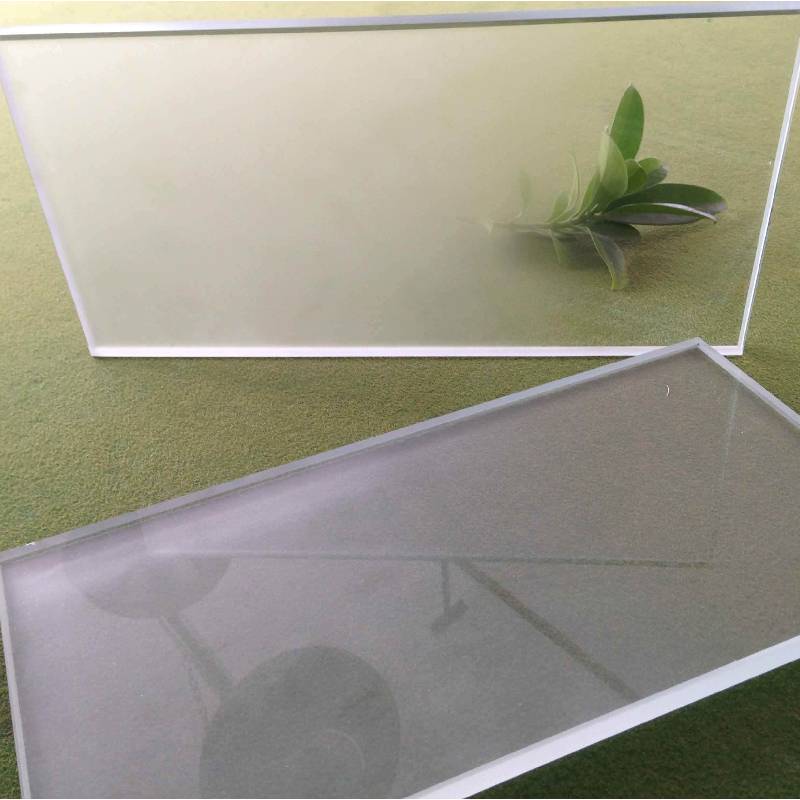Standard float glass is a remarkable product that stands at the forefront of numerous industries, playing a vital role in everything from architecture to interior design. Renowned for its exceptional clarity, smooth surface, and reliable strength, float glass is the product of an innovative manufacturing process introduced in the mid-20th century. This process involves floating molten glass on a bed of molten tin, which allows it to cool evenly and achieves its signature uniform thickness and flawless surface.

The expertise embedded in the production of standard float glass is evident in its characteristics. It is a soda-lime glass, composed primarily of silica sand, soda ash, and lime. These materials are carefully selected and proportioned to ensure the product meets rigorous quality standards. The production facilities harness state-of-the-art technology to maintain the purity of the glass, preventing any impurities that could compromise its structural integrity or optical clarity.
Professionals in the field, from architects to builders,
value float glass for its versatility. Its application ranges widely, from windows and facades in high-rise buildings to decorative elements in interiors. This adaptability is enhanced by its ability to be easily cut, drilled, or coated with various materials, making it suitable for a plethora of design preferences and functional requirements.

One of the standout experiences with standard float glass is its role in energy efficiency and sustainability in building design. Recent advancements allow float glass to be treated or coated to enhance thermal insulation properties, thereby helping to reduce energy consumption in buildings. Architects and designers consistently report satisfaction with its performance in balancing natural light and thermal comfort, contributing to a more sustainable living environment.
Furthermore, the reliability of standard float glass comes from its durability and safety features. It can be tempered or laminated to improve safety, ensuring that when it is broken, it does not shatter into sharp pieces. This characteristic is essential in applications where human safety is paramount, such as in automotive windshields or glass doors.
standard float glass
Authoritative sources often cite standard float glass's robust nature as a factor in its widespread use. Its capability to resist environmental factors such as rain, wind, and temperature fluctuations without losing its integrity makes it a preferred choice in regions with diverse climatic conditions.
Trustworthiness in the float glass industry is bolstered by stringent regulatory standards and certifications. Manufacturers who adhere to these guidelines provide an additional layer of assurance regarding the quality and performance consistency of the product. Users of standard float glass can rely on these assurances when incorporating glass into secure and durable structures.
Consumer trust is further supported by the transparent supply chains and sustainable practices embraced by leading producers. Companies committed to reducing carbon footprints and employing eco-friendly production techniques illustrate the industry's shift towards responsible manufacturing.
In summary, standard float glass is not just a mere construction material; it is a testament to innovation, quality, and adaptability. Its continued evolution and application across various fields highlight its indispensability and the depth of expertise that goes into its production. Professionals relying on standard float glass can expect not only aesthetic value but also remarkable performance features that address modern-day requirements for safety, efficiency, and sustainability.



